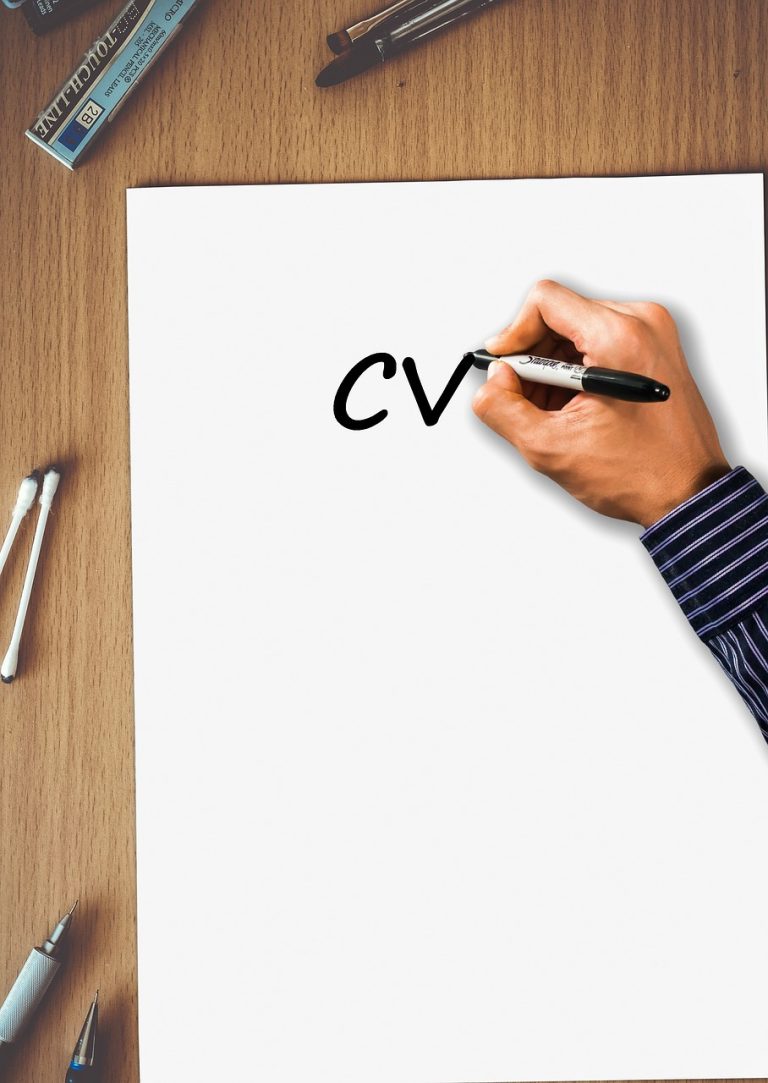The word CV is an acronym for curriculum vitae. It is a document prepared and used for applying for jobs in organizations or for Academic purposes (Grad. schools). Curriculum Vitae allows you to summarize your education, skills, and experience enabling you to successfully sell your abilities to potential employers.
It is a tool that helps you set your foot in the door when applying for jobs as it allows you to showcase your academic and professional accomplishments.
However, in this blog, we discuss how to create and properly format a compelling CV
• Choose clear and legible fonts
Writing a CV is not an exhibition, therefore, it is great you choose clear and legible fonts that your employers can relate with. Do not cluster all your writings together due to a bad font. These are suggested fonts Arial, Tahoma, Helvetica, sans-serif fonts, and Times Roman.
Moreso, use 11 to 12 pt font size and single spacing and for your name and title sections, pick 14 to 16 pt font size. Don’t cram your CV with gimmicky graphics
• Be consistent with your CV layout
Make sure your CV headings are uniform, large, and bold. It is necessary you also stick to a single-date format on your CV. E. g. 04-01-1998, or 4th November 1998.
• Add a header with your contact information.
At the top of your CV, share your full name, address, phone number, email address, and LinkedIn profile
• Give an overview of your education
List your graduation year from the University. if you are an undergraduate in your program, use your expected graduation date, your degree (in view if still an undergraduate), the name of your institution, and any honors you earned (e.g. B. Agric).
• Share your work experience.
You must read the job description to tailor your work experiences in the right direction that suits the employer. Include information about your work experience that is most relevant to the position you are applying for.
• Mention any special skills of yours.
If you already have work experience, showcase how you have honed your abilities in your industry, share industry awards, professional certifications, professional affiliations, conferences you have attended, or additional training you have undergone.
However, if you are a recent graduate or still studying, mention your areas of interest, projects you have been involved in, and freelance work you do.
• Get photos off of your CV
This is the commonest mistake young people make while crafting their CVs. They insert a beautiful portrait of themselves believing the employer could identify them.
Get your picture off your CV as it is not needed unless you are explicitly asked to do so.
– Damilola Oyeyemi-

